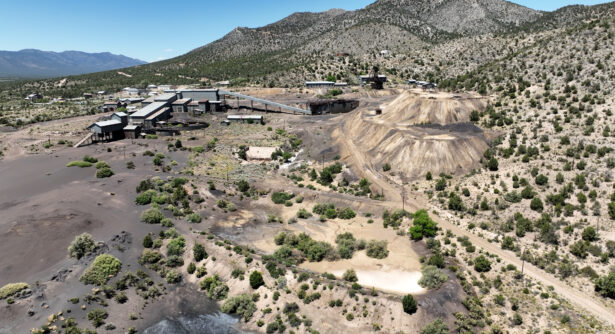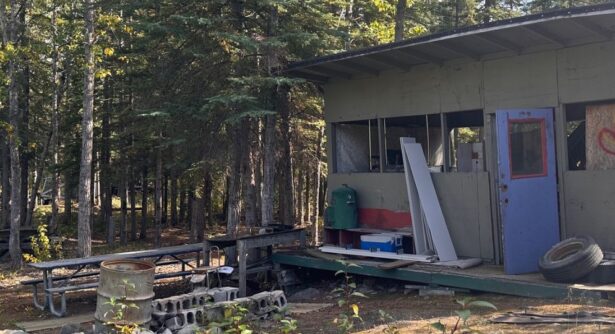
Together in Community: How Peer Groups Connect Brownfield Practitioners
Many who work in niche fields like brownfield reuse will tell you the work can be lonely. “Brownfield practitioners can be very isolated in their job, sometimes you are the only one doing what you do at your organization,” says CCLR Senior Planning Consultant Joelle Greenland. This can leave some to feel like they are all alone with their challenges, and likewise have few to celebrate successes with. CCLR saw the need to connect and network communities and agencies with each other, to learn from and be supportive of their work in the reuse and redevelopment of brownfield sites. To accomplish this goal, CCLR developed its Peer Group Initiative.
After leading a Communities of Practice in New York, CCLR brought the concept to a group of Idaho brownfield practitioners in 2022 with the formation of the Idaho Peer Group. Soon, land reuse experts from other Region 9 and 10 states were asking to join the peer group or form their own. CCLR now hosts peer groups for Region 10, Nevada, Arizona, the Pacific Islands, California ECRG grantees, and a peer group for TAB communications staff.
Brownfield peer groups attract managers, directors and supervisors responsible for reuse projects as well as newer practitioners. “You don’t know what you don’t know,” says Joelle Greenland. “Having a community to answer questions and acknowledge your feelings is extremely rewarding.” Meetings typically begin with a presentation on a specific topic that is decided by group members, such as the federal procurement process, ACRES reporting, or innovations in bioremediation. After the presentation, practitioners are able to provide project updates, ask questions and for opinions, and just talk with one another. Sometimes regulators or others are invited to answer questions or share information. The groups are intimate, with attendance between 12-25 for each session.
Communities of practice are an excellent way to connect professionals in any line of work. Having run several groups, CCLR has learned some lessons. “You want to have a facilitator and an agenda. Also, document your process and have a plan in place so if you leave, the group continues.” Joelle also recommends looking for opportunities to grow your peer group to bring in new opinions, expertise, and experience and make up for natural attrition.
CCLR peer group meetings are open to brownfield practitioners in EPA regions 9 and 10 who are considering a brownfield grant, have a current grant, have completed a grant, or who are new and just dipping their toe into the brownfield community. If you would like to join an upcoming peer group to see if it is right for you, reach out to [email protected].





